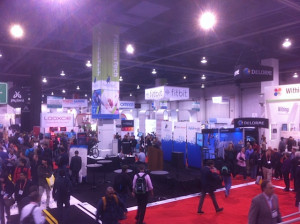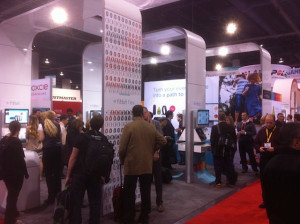CES 2013: Software’s Coming-Out Party
By Adam D'Augelli, January 16, 2013
Historically, CES has been true to its name: a tradeshow featuring the latest and greatest in consumer electronics. It has been a launchpad for hardware, with vendor booths promoting device specs like pixels and size. But in my observation, CES 2013 marked a decided shift, as many of the established device manufacturers who have traditionally used the show to debut new hardware products chose this year to feature new software products instead (or at least in addition).
The reason for this? While producing physical goods remains a distinctly different challenge from developing software, it has without a doubt become cheaper and easier to create hardware. It therefore came as no surprise that as we walked the floors of the convention center, there was a proliferation of devices that can all do many of the same things. What materially differentiates one of these devices from another, then, is its software and how it interacts with the user’s life; above and beyond the form factor of the device, it is software that really drives engagement and retention. A well designed personal health device is great (True portfolio company Fitbit won a Best of CES award for its Flex activity tracker), but even better is having an elegant way to interact with and digest the data being tracked.
Across most of the emerging verticals (robotics, personal health, ad-tech) on the showroom floor, the hardware was there, but the videos and displays were all about the software. Even cars—not typically a CES mainstay—made an appearance, showcasing software platforms that create a more engaging and enriching experience behind the wheel. Another excellent example of software’s big coming-out party—UnitedHealth’s conspicuously hardware-free booth promoting complementary services to personal health devices.
Hardware is hot, and the “Internet of Things” is a movement we have been excited about for some time, having made investments in Fitbit, 3D Robotics and Streetline. But a beautiful package is nothing without an engaging, software-driven consumer experience. If this year’s CES is any indicator, we should expect to continue to see plenty of time, thought and funding devoted to software-supported devices in the months and years ahead.




